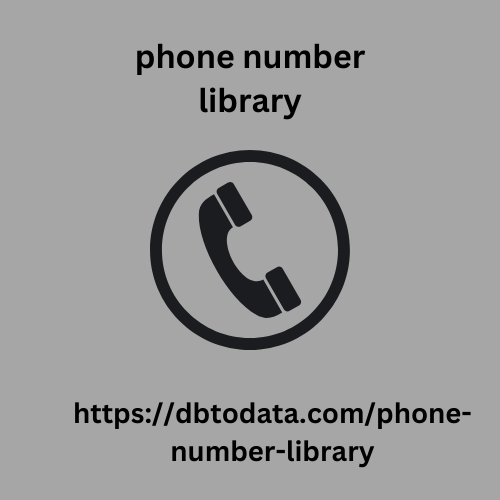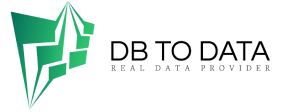Choosing a CMS is the first step to a successful website. The right CMS simplifies work with content, helps with SEO, and adapts to the project’s tasks. Among the many options are WordPress, Joomla, Drupal, 1C-Bitrix, OpenCart. Each has its own strengths.
WordPress is the most popular choice for blogs and corporate sites, while OpenCart is ideal for online stores. It is important to consider not only current nes, but also the future development of the project. We will tell you what a CMS is, what types exist, and which options may suit your business.
What is CMS
CMS, or content management system, is phone number library software that makes it easy to create, it, and manage a website. It allows you to add and update content without having to know programming languages. With CMS, you can manage text, images, videos, and other website elements through a user-friendly interface.
Choosing the right CMS is an important step in website development. It determines how easy it will be for you to work with the website, how functional and flexible it will be in terms of expanding its capabilities.
There are many CMS, from simple to complex, each with its own advantages. Some of them are design for specific types of sites: blogs, corporate sites, online stores. When choosing a system, it is important to consider not only the current nes of your project, but also possible future requirements.
The most popular systems are WordPress, Joomla, Drupal, 1C-Bitrix and OpenCart. WordPress is a universal choice, easy to learn. Joomla opens up all kinds of opportunities and conversations and Drupal are for complex projects with unique functionality. 1C-Bitrix is preferable for integration with Russian services. OpenCart is ideal for online stores thanks to specializ trading tools. We will tell you about each of them and not only in more detail a little later.
The CMS has the following functionality:
- Content management. The central b2c fax function of any CMS is to simplify the creation, iting and deletion of content. itors allow you to work with texts, add images and videos, format materials without delving into technical details.
- Templates. The CMS offers design templates that you can easily adapt to your site. You can quickly launch a professional-looking site without hiring a web designer.
- SEO optimization. Built-in tools help prepare the site for promotion in search engines, improving its visibility.
- Multilingual: With support for multiple languages, a CMS allows you to reach a wider audience by managing different versions of your content in one place.
- Extensibility. Plugins and add-ons allow you to expand the functionality of your site by adding new features as ne.
- User management. The ability to customize user roles and access allows you to effectively organize the team’s work on the site.
- Mobile adaptation. CMS automatically adapts your site to different devices, providing comfortable reading and navigation on smartphones and tablets.
What are the types of CMS?
First, let’s sort out the terms. Often, an equal sign is put between the CMS and the “engine”. It is not entirely accurate to say that the CMS and the site “engine” are the same thing. CMS is a content management system design for convenient interaction with texts, images and other site materials. The site “engine” is responsible for its technical functioning.


